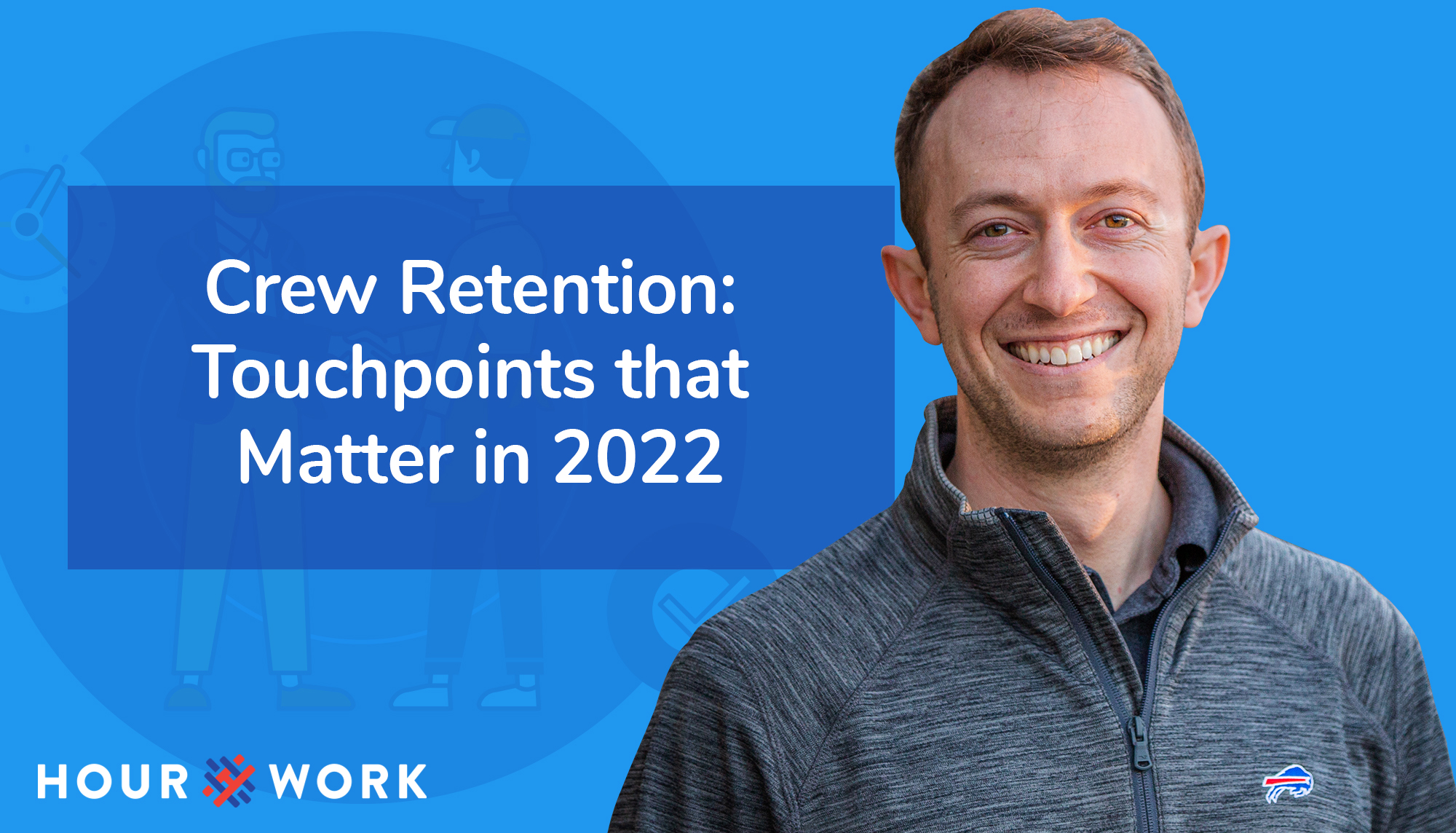The Great Resignation will continue to impact businesses in the quick-service restaurant industry in 2022 and beyond.
That’s because employees have more options than ever before when it comes to work opportunities.
Had a bad day? Quit. Find something that offers more pay? Quit. Not happy with your boss? Quit.
This, unfortunately, is the reality facing frontline managers today.
the great resignation will continue to impact business in the quick-service restaurant industry in 2022 and beyond.
That’s why, as a hiring manager, retention has to be a top priority in the new year. What you do to engage, retain, and empower your employees – especially in that critical first 90-day window – can either make or break your business.
Identifying Preventable Reasons for Quitting
It costs at least $1,500 to hire and train a new employee. Finding a solution to the retention crisis is a financial game-changer for businesses.
So why are employees leaving? We looked into our proprietary data from more than 20,000 exit surveys in 2021, and we coded reasons workers quit their jobs.
More than 50% of those reasons are what we call “preventable.” They include issues with uniforms, schedules, questions that they didn’t know who to ask, miscommunications, and the list goes on.
And these factors are 5x more likely to cause an employee to quit within the first 90 days of being hired.
What can you do to solve these issues? The answer is so simple, it might actually surprise you.
Communication is Key
We’ve been able to zero in on one consistent theme through our conversations with more than 500 operators across the United States.
Regular check-ins.
From days one through 90, communicating with your new hires and making sure their questions are answered will flip the script on your retention issues.
Let’s break down some of the touchpoints that matter most in your retention strategy:
Days 1-7: Welcoming
Successful operators say this time period is critical for making employees feel welcome and excited to join the team. New hires are nervous and unsure about themselves, especially if this is their first role with your company. Your job as a leader is to make them excited about coming to work.
As they near the end of their first week, figure out what they learned in their first seven days and identify any questions they have about week two.
As you ask these questions, you may be surprised to find how many people say “Actually, I don’t know what my schedule is for next week,” or “I didn’t get my second uniform.” These are things that can cause people to leave quickly.
Better communications can help you solve these issues in the first week.
Days 14-30: Digging In
At this point in the game, make sure you’re asking questions about your workers’ schedules. Some key things to find out:
- Have they been properly trained?
- Have they fallen through the cracks on anything?
- What would it take to make the next 30 days better?
Pro tip: Work is more fun with friends, so ask if they have any friends they’d like to refer to your company. And if you’re going to ask for referrals, make sure to reach out to let your employee know you’re listening to their suggestions.
Days 30-90: Getting Deeper
Now that your workers are more than one month in, it’s time to start gauging their appetite for more responsibilities.
Some things to ask:
- Are you learning and improving in your role?
- Do you want to be trained on additional duties?
- Would you like to learn more about our management track?
These kinds of questions get people excited to stay on with your company.
I’ve also seen great companies also institute monthly or quarterly check-ins as well, where you can ask for feedback on specific things.
Implementing the Touchpoints that Matter
We know that you likely already have a hiring and retention program built out, and it can be difficult to weave in new processes.
After all, you’re busy running your business, engaging your employees, and satisfying your customers. We get it.
Take it step-by-step when it comes to communicating better with your new employees. Be diligent about a daily plan of who you should be checking in on. Ask your assistant managers to do the same, and you’ll be surprised by the big impact such a small step can make.
To help with your process, ask about our breakthrough retention solutions that help automate communications with your workers to make them feel like more of a priority. We’ve seen great success from hundreds of customers implementing our proprietary technology, and we’d love to partner with your business.
Our monthly mini-trainings are designed to help you better recruit and retain your hourly workers in an understaffed world. We’ve built world-class technology that uncovers what matters most to your employees and automatically checks in at key milestones. Have a topic suggestion for our mini-trainings? Email [email protected].

